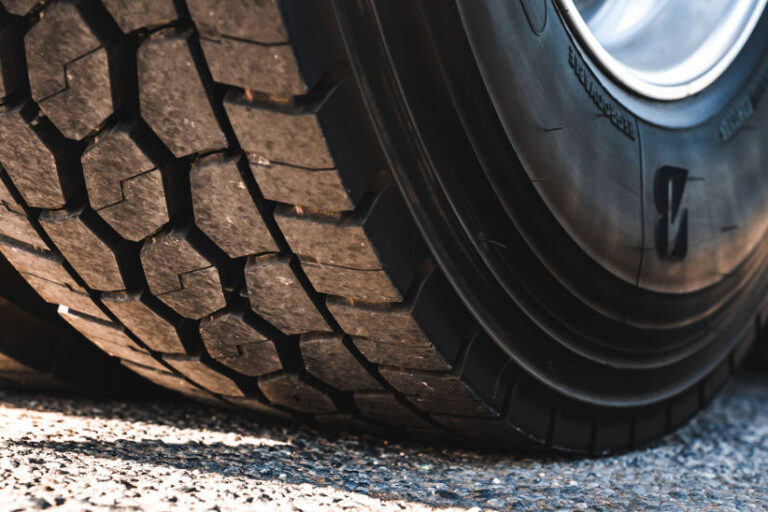Bridgestone Australia is a dominant player in the trucking industry, occupying a 20 percent market share across the steer, drive and trailer tyre market. By contrast, the company holds an 18 percent share of the passenger car market. So trucks are big business for Bridgestone in Australia, but what does the future hold?
At the recent launch of Bridgestone’s new Dueler AT 002 range, we spent time on the road with National Sales Director, Claudio Sodano, to find out how the manufacturer approaches the heavy vehicle market and what technology might be on the horizon.
A major benefit of the Bridgestone range, Mr Sodano explained, is that its core range has all been tested extensively Down Under and were specifically designed for our market.
“We’ve got a technical service team of around 15 engineers in Australia that do all of our truck product testing,” Mr Sodano said.
“We don’t bring any truck products into the market, all of our key truck products like our steer, drive and trailer products have been uniquely developed and extensively tested by us for this market.”
The company is particularly focused on the development of its fuel-efficient Ecopia range of tyres, which is now in its second generation, and Mr Sodano says they can offer a fuel saving of up to six percent based on rolling resistance improvements.
“We’ve recently released our second generation of the Ecopia series of our fuel efficient tyres, but we’re already developing the third series, so a lot of energy has gone into developing those products,” he said.
“We have been able to significantly reduce the rolling resistance of those premium products by around 20 percent, which can offer around a six percent fuel saving.
“We’re going to continue to do that, because at the end of the day when you look at how a fleet spends its money, it’s on fuel. If you can save them even one or two percent in fuel, that’s just such a huge saving. This tyre range can really hit the bottom line of a large trucking fleet.”
One interesting shift in recent years has been the move to price-per-kilometre (PPK) deals with customers and, while not yet widespread, plenty of fleets still favour the simplicity of the arrangement.
“A lot of customers that are currently on a PPK contract and want to remain on that, we accommodate that,” Mr Sodano said.
“If it works for both us and the customer, then it’s an option that we offer to basically all fleets. It also forces us to continually develop our products to last longer, too.”
The company’s Bandag retread business offers another benefit for transport companies, offering retreads that bring the total cost of tyres down while bringing environmental benefits to the table.
“Most of our retreads are sold into the big, sophisticated fleets who measure the price per kilometre of their tyres – even if we don’t have them on a PPK contract – so they see the benefits in lowering their operating costs as well as the ESG benefits of retreads,” Mr Sodano said.
“They want to have the right mix of new tyres and retreads within their fleets, but it’s about maximising the use of retreads so that it’s one less tyre that needs replacing.”
As for what the future holds for Bridgestone, Mr Sodano thinks air-less tyres could make their way onto trucks before the end of the decade.
“We’re testing some air-less tyres on trucks at the moment and it’s an absolute game changer,” he said.
“Can you imagine having the confidence that you’re driving across the Nullabor or out west, and it doesn’t matter – you won’t get a puncture.
“And I don’t think it’s ten or twenty years away, I think it’s probably closer to five,” Mr Sodano said.
The benefit for Bridgestone, and its customers of course, is that its Bandag retread operation would be able to service the air-less tyre shells when it comes time to replace the worn treads.
“The thing about air-less tyres is they’re very conducive to retreading, because you’ve got this essentially wheel or hub, and once the tread wears out you’re just putting another band on it,” Mr Sodano said.
“Basically the whole market could move to retreading if they become available. All of a sudden you’ve got a case that could last forever, and you just keep retreading it instead of creating a brand new tyre. From a sustainability point of view it’s great!”






